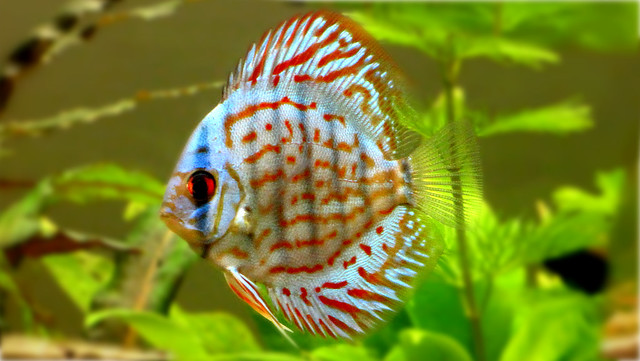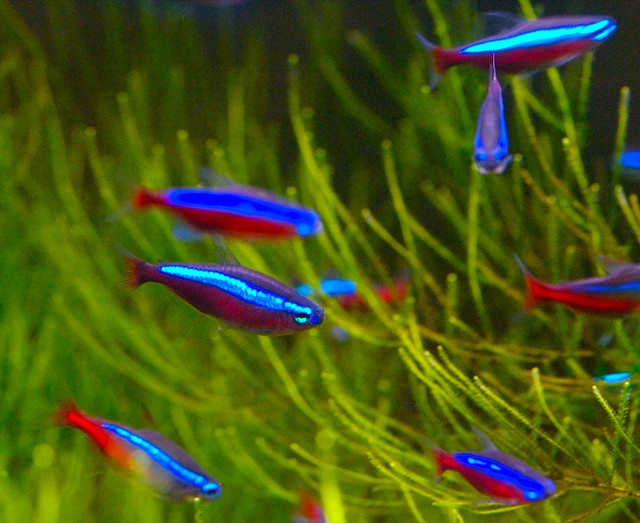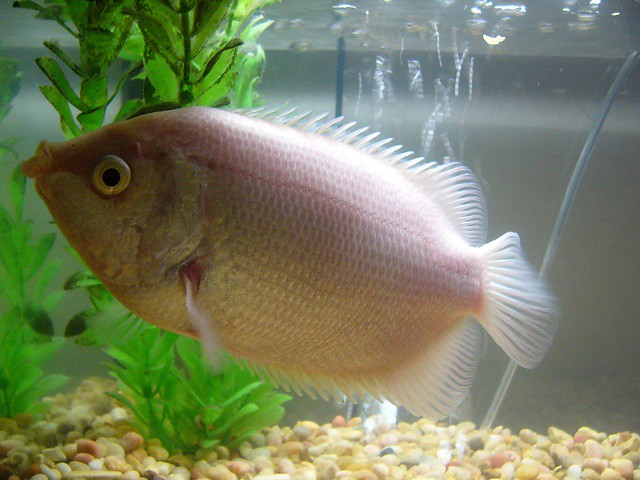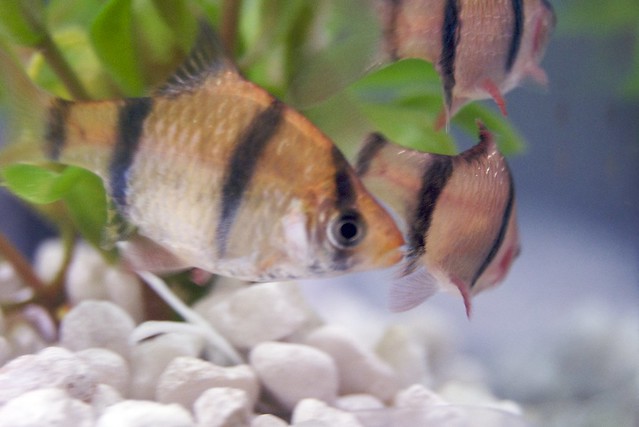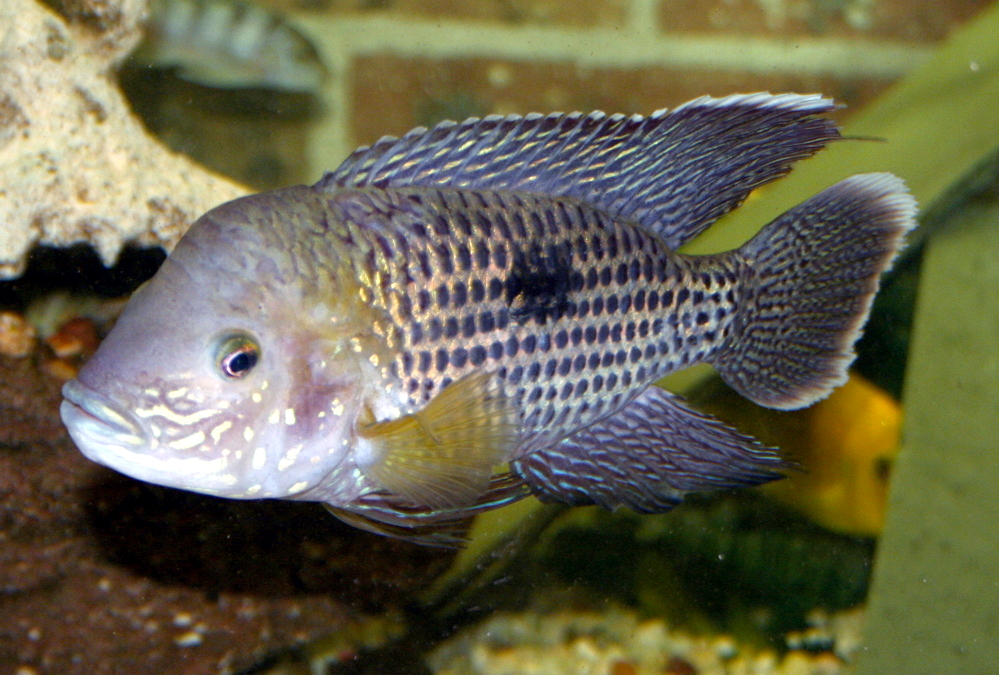(Original title: Keeping the KUHLI LOACH)
 |
| Kuhli loach (Photo credit: Wikipedia) |
The Kuhli Loach, Pangio kuhlii, is a small eel-like fish. It comes from Indonesia, Malaysia and Thailand. Other names include Coolie Loach, which is a clear miss-spelling of Kuhli; both these words are pronounced in the same way. It is also called "Prickle Eye" because it has a prickle near its eye. This prickle probably gives this fish some protection from predators.
Length and Longevity
The Kuhli loach will supposedly grow up to 12 centimetres (4 and a half inches) long, but I have never seen one this big. Most of the ones available are much smaller than this. One of the reasons for this variation is that there are several subspecies of Pangio kuhlii, and the size they grow to varies a lot.
They have been reported as living up to 10 years.
Water Conditions
The Kuhli Loach is an equatorial fish; the main areas it is from being a little to the south of the Equator. It needs warm water, and a temperature of between 24 and 30 degrees C (between 75 and 86 degrees F) is suitable. They can survive a slightly higher or lower temperature than this range, but I do not recommend it.
In the wild, this fish is mainly found in slowly flowing streams with a sandy bottom with a layer of organic matter from the surrounding forests in many places on the stream bed. The water in these streams tends to have a fairly low mineral content and to be soft and acidic. There are plants growing in sections of these streams.
In an aquarium, they will adapt to a moderate hardness and can certainly take a hardness of up to 10 dH. A pH of up to 7.5 is generally tolerated. The water needs to be reasonably clean in the sense of not having a large build-up of fish wastes.
Substrate
In an aquarium, you should avoid any sharp substrates and fine river sand is the normal choice. I have also had success with using large (6mm or more) rounded pebbles. These fish not only search the surface of the sand for food, but they will also go right into it. I have seen them dive straight into the sand to avoid being caught. With larger pebbles, they will go between the pebbles looking for food.
Plants
These fish seem to like densely planted aquariums. Including some floating plants is also a good idea.
Food
Kuhli loaches are omnivores with a requirement for some animal-based food. They will certainly eat flakes and pellets. One of their favourite foods is frozen bloodworms. They also like frozen brine shrimp.
This is a bottom-feeding fish, so it is necessary for some of the food to reach the bottom.
Companions
Although the Kuhli loach is not a schooling fish in the normal sense, they seem to need company. A single Kuhli may be able to, live all right in a tank, but will tend to be hidden nearly all the time during the day. A group of perhaps eight of these interesting fish will behave quite differently and are much more likely to come out and show themselves during the day.
This is a small peaceful fish and is a suitable inhabitant for a community aquarium of small peaceful fish.


